Best Bush Grasses For Your Garden
Title: The Best Bush Grasses for Your Garden
Introduction:
Ornamental grasses are a great way to add texture, movement, and color to your garden. They come in a variety of shapes, sizes, and colors, so there's sure to be one that's perfect for your space.
In this blog post, we'll discuss the best bush grasses for your garden. We'll cover everything from their size and shape to their color and hardiness. We'll also give you some tips on how to care for them.
Main Content:
Here are some of the best bush grasses for your garden:
- Pink Muhly Grass (Muhlenbergia capillaris): This grass is known for its beautiful pink plumes, which bloom in the fall and winter. It's a low-maintenance grass that's easy to grow in most climates.

- Prairie Dropseed (Sporobolus heterolepis): This grass has feathery, blue-green leaves and airy brown plumes. It's a drought-tolerant grass that's perfect for sunny gardens.
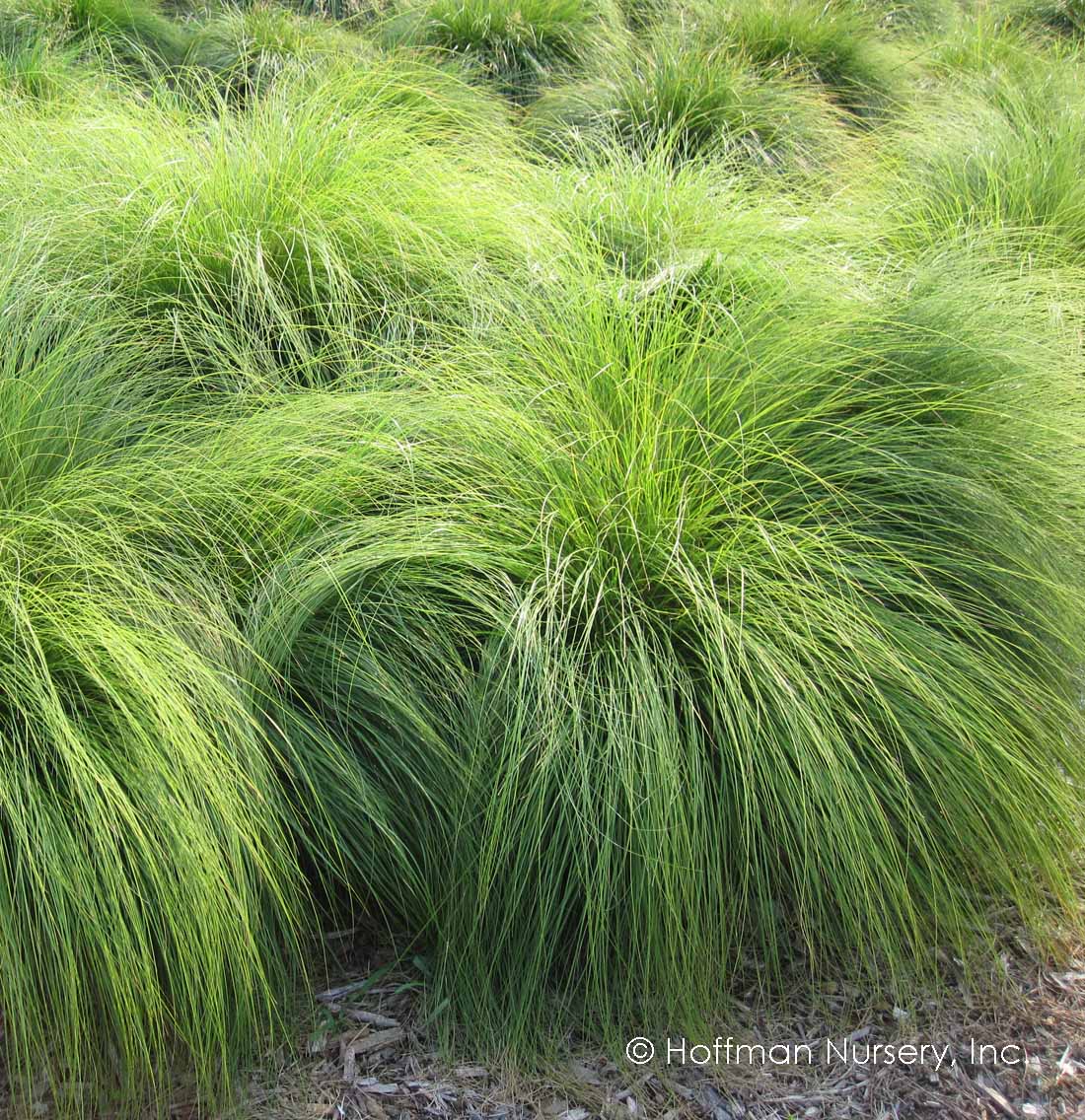
- Feather Reed Grass (Calamagrostis x acutiflora): This grass has tall, arching leaves and feathery plumes. It's a versatile grass that can be used in a variety of settings.
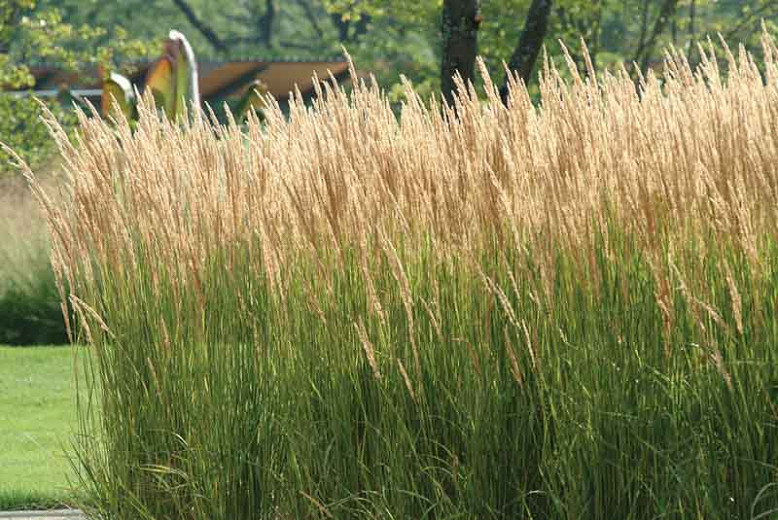
- Blue Fescue (Festuca glauca): This grass has blue-green leaves and delicate, blue flowers. It's a low-growing grass that's perfect for rock gardens or borders.

- Lomandra (Lomandra longifolia): This grass has long, sword-shaped leaves and white flowers. It's a hardy grass that's drought-tolerant and salt-tolerant.

These are just a few of the many great bush grasses for your garden. When choosing a grass, consider the size and shape of your space, as well as the climate you live in.
Care Tips:
Ornamental grasses are generally low-maintenance plants, but there are a few things you can do to keep them looking their best:
- Water them regularly, especially during the summer months.
- Fertilize them in the spring and fall.
- Deadhead the flowers to encourage new growth.
- Cut them back in the winter to prevent them from getting too tall.
With a little care, your bush grasses will provide you with years of enjoyment.
Conclusion:
Ornamental grasses are a beautiful and versatile addition to any garden. They come in a variety of shapes, sizes, and colors, so there's sure to be one that's perfect for your space. With a little care, your bush grasses will provide you with years of enjoyment.
Visit Home Gardening for more information about bush grass.
FAQ of bush grass
- What is bush grass?
Bush grass is a type of grass that grows in dense clumps, forming a bush-like appearance. It is often found in dry, sandy soils, and can be a nuisance in lawns and gardens.
- Why is bush grass a problem?
Bush grass can be a problem because it is difficult to control. It can spread quickly, and its dense growth can crowd out other plants. It can also be a fire hazard, and its sharp blades can be a nuisance to people and animals.
- How can I control bush grass?
There are a number of ways to control bush grass. One way is to hand-pull the plants. This can be effective, but it is time-consuming and labor-intensive. Another way to control bush grass is to use herbicides. There are a number of herbicides that are effective against bush grass, but it is important to choose a herbicide that is safe for the environment and for the plants that you want to protect.
- What are some alternative to herbicides?
There are a number of alternative to herbicides that can be used to control bush grass. One alternative is to use mulch. Mulch can help to smother the grass and prevent it from spreading. Another alternative is to use a flame weeder. Flame weeders can be used to kill the grass without using chemicals.
- How can I prevent bush grass from coming back?
Once you have controlled bush grass, you can take steps to prevent it from coming back. One way to do this is to remove any dead or dying plants. You should also avoid overwatering your lawn or garden, as this can create conditions that are favorable for bush grass growth.

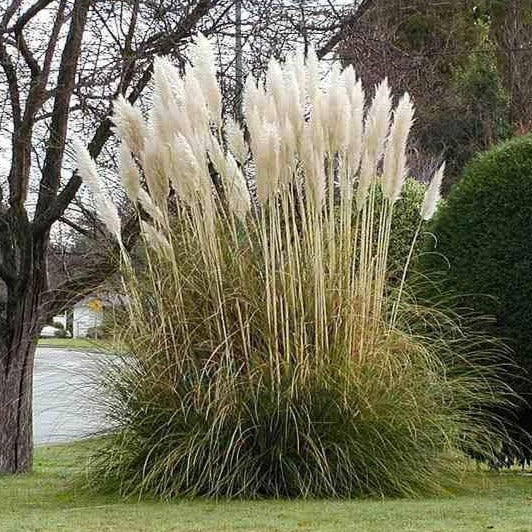
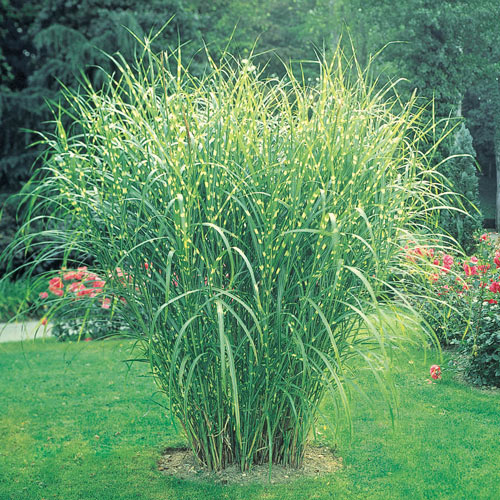

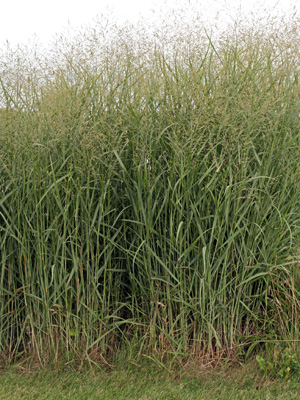
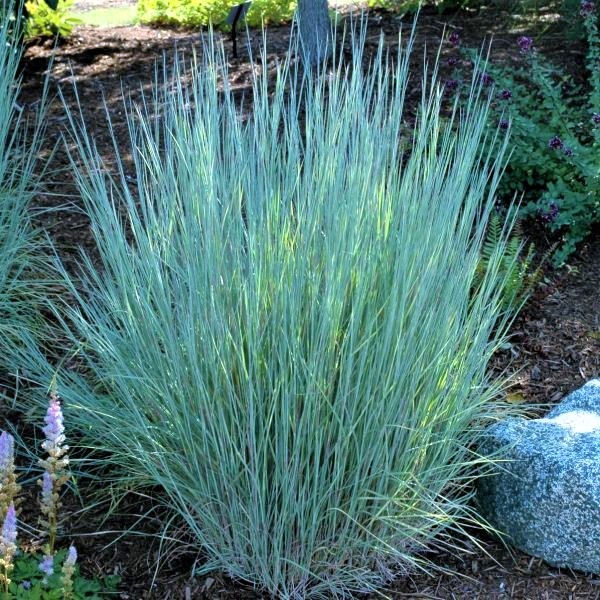
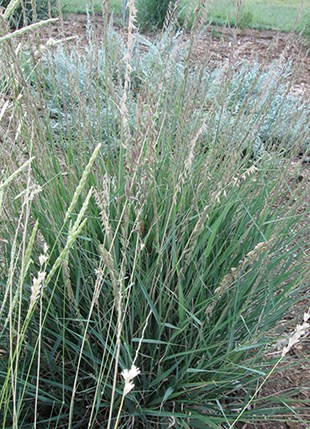
Post a Comment for " Best Bush Grasses For Your Garden"